
Apexification, Vital Pulp Therapy, and Revascularization are probably terms you’ve never heard of until now, and if you’re like most people when faced with the need to see an Endodontist near you, these terms could quite possibly be a bit intimidating. This page is designed to not only alleviate your fears, but to also give you a brief overview of each of these procedures, to better help you understand Dr. Shamtoub’s recommendation and treatment plan.
Root canal treatment is an often straightforward procedure to save your teeth.
Apexification Treatment
An open apex is often found in teeth that are not fully developed (“immature”) or whose roots have been eroded away by a process known as resorption. This complicates root canal therapy by making it difficult to seal the root canals with routine methods.
Dr. Gabreal Shamtoub is specially trained to treat these difficult situations through apexification. The goal of this treatment is to form a hard tissue barrier at the end of a root with an open apex. This allows the root canal to be sealed in a traditional manner.
Apexification in Tarzana is often successful, however there are some instances when the root end barrier does not form or the resorption process continues. Situations such as these may require surgical treatment of the root end or necessitate the removal of the tooth.
Traditional Root Canal Therapy
Most teeth have cone shaped root canals that taper from the crown to the root end of the tooth. When a tooth does not close at the root end of the tooth it is called an “open apex”.
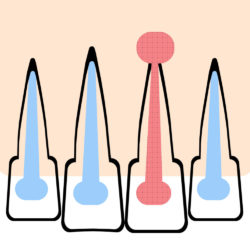
Apexification Therapy
Apexification forms a hard tissue barrier at the end of the root, allowing the root canal to be sealed in a more normal manner.

Vital Pulp Therapy
Vital pulp therapy is defined as a treatment which aims to preserve and maintain pulp tissue that has been compromised but not destroyed by caries, trauma, or restorative procedures in a healthy state. This is particularly important in the young adult tooth with incomplete apical root development.
In certain cases, the tooth might be saved using minimally invasive endodontic treatment by performing vital pulp therapy. After removing the caries and a portion of the infected pulp, the tooth can be filled with a special material avoiding a complete root canal treatment. This treatment preserves the pulp and allows the tooth to function normally.
Before Therapy
Diagram 1 shows an example of an extremely deep caries lesion with direct exposure of the pulp prior to excavation.
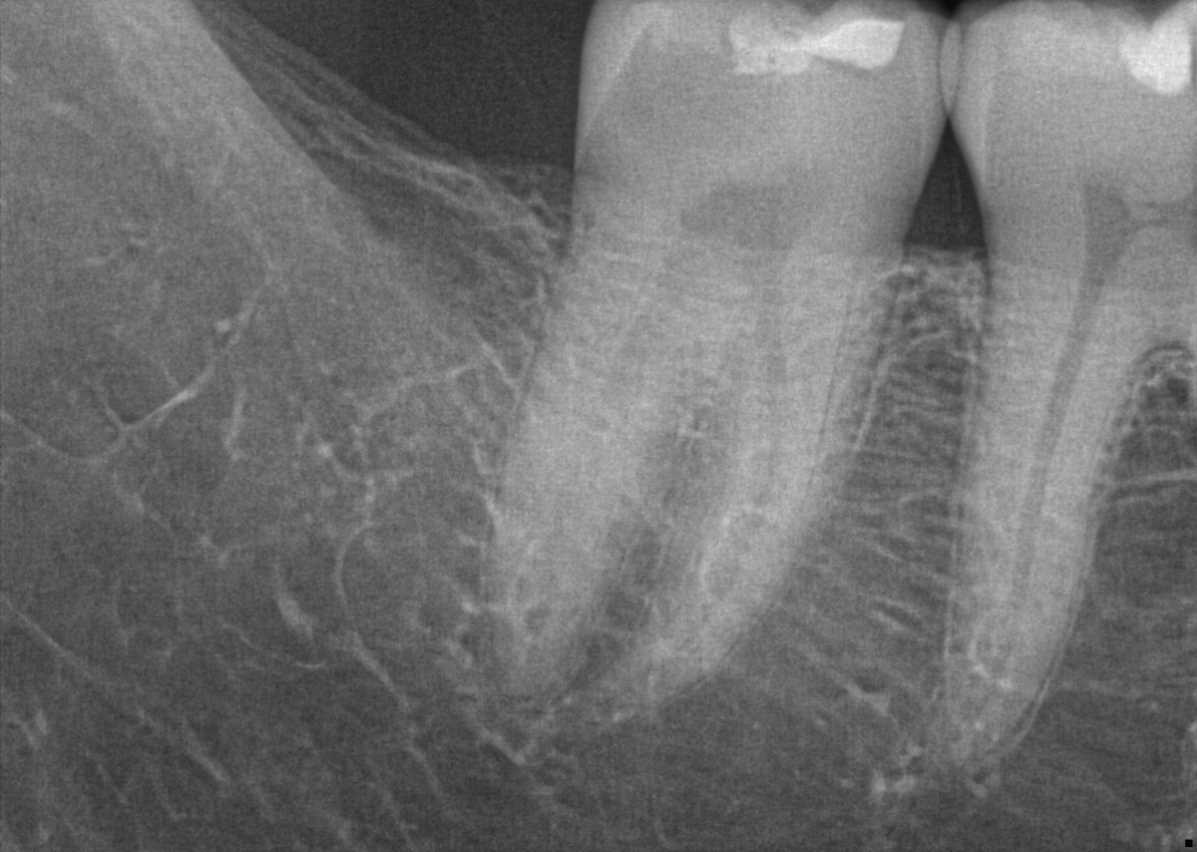
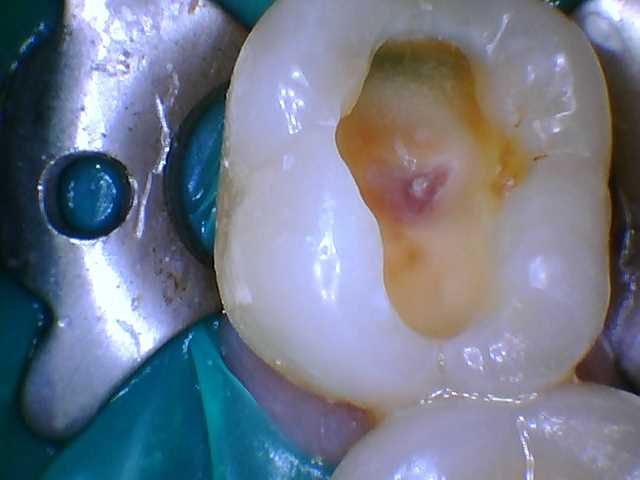
After Therapy
Diagram 2 shows tooth post Vital Pulp Therapy Capping
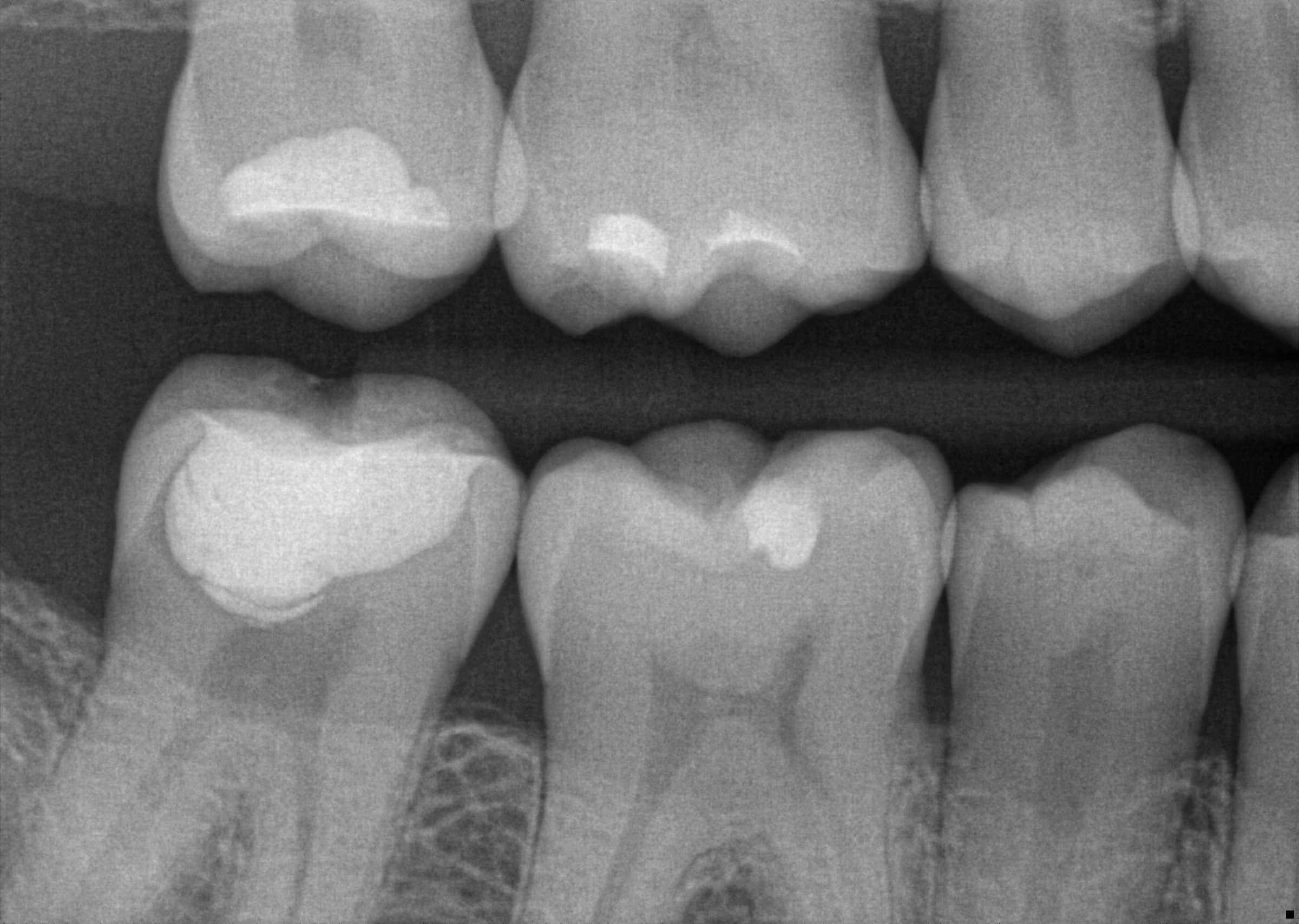
Revascularization Treatment
Based on new research using stem cell regeneration, we are able to allow immature teeth with open root ends to continue forming their roots. Usually children or teenagers are candidates for this therapy. The procedure requires thorough disinfection of the root canal system, and then inducing slight bleeding from the tissues into the canal. This induces stem cell differentiation and revascularization of nerves and blood supply to the root to complete root formation. After the root matures, then the root canal treatment is completed and the tooth can be saved. Below you will find a visual comparison between Apexification Therapy and Revascularization Treatment.
Apexification Therapy
Diagram 1 shows a hard tissue barrier at the end of the root, allowing the root canal to be sealed in a more normal manner.
Revascularization Treatment
Diagram 2 shows the reestablishment of vascular (blood) supply to the immature permanent tooth.
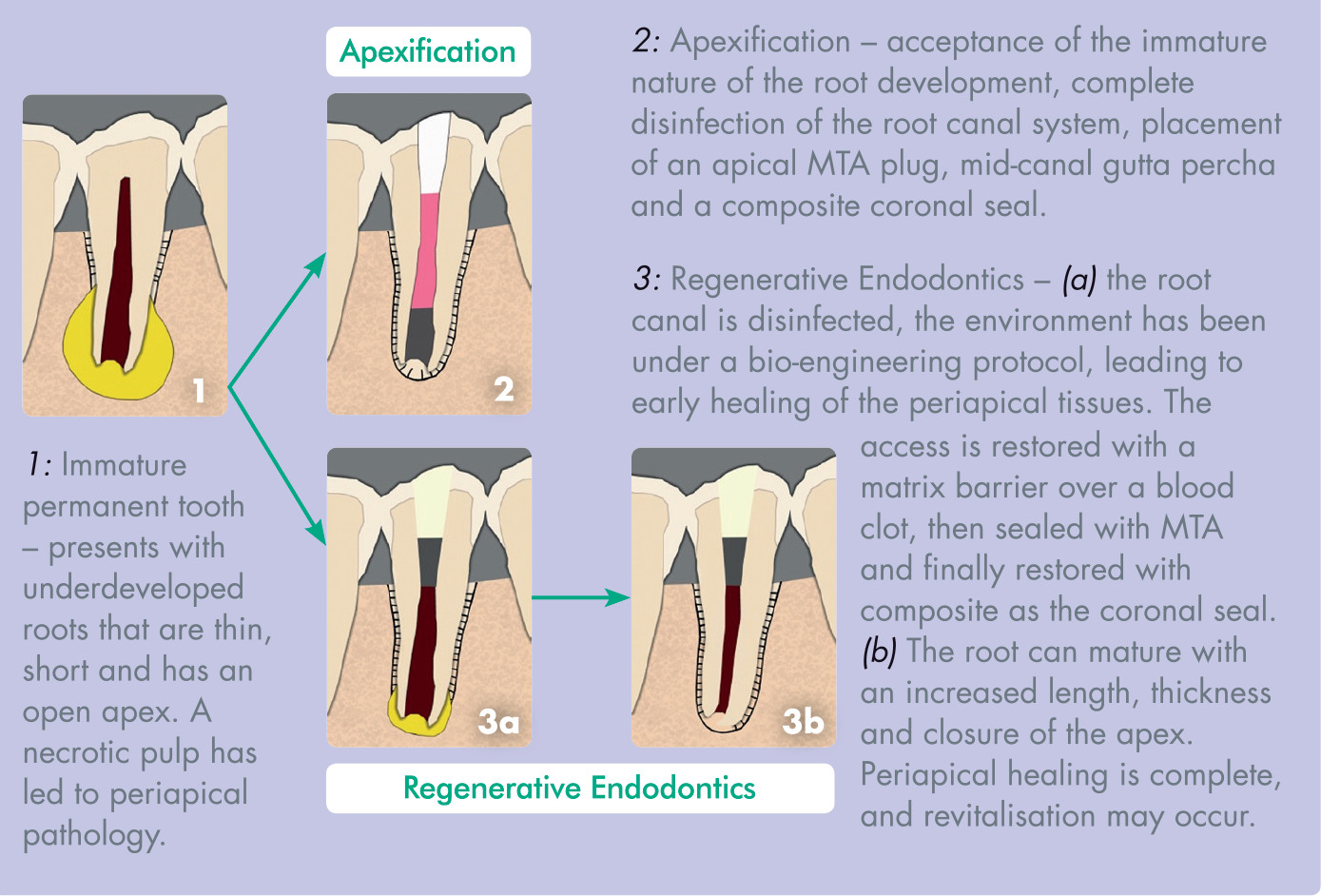
Need Endodontic surgery? Don’t be anxious. This informative videos will walk you step-by-step through the procedure and explain how Endodontists, the root canal specialists, can save your teeth.



